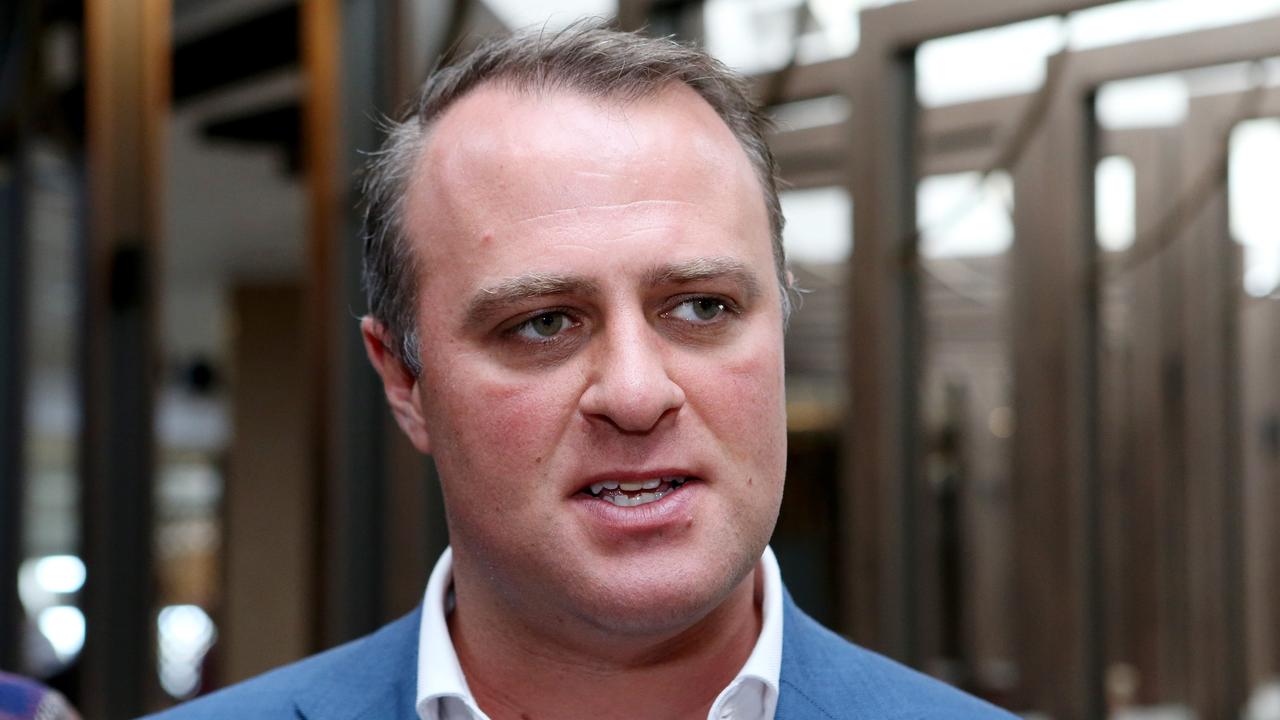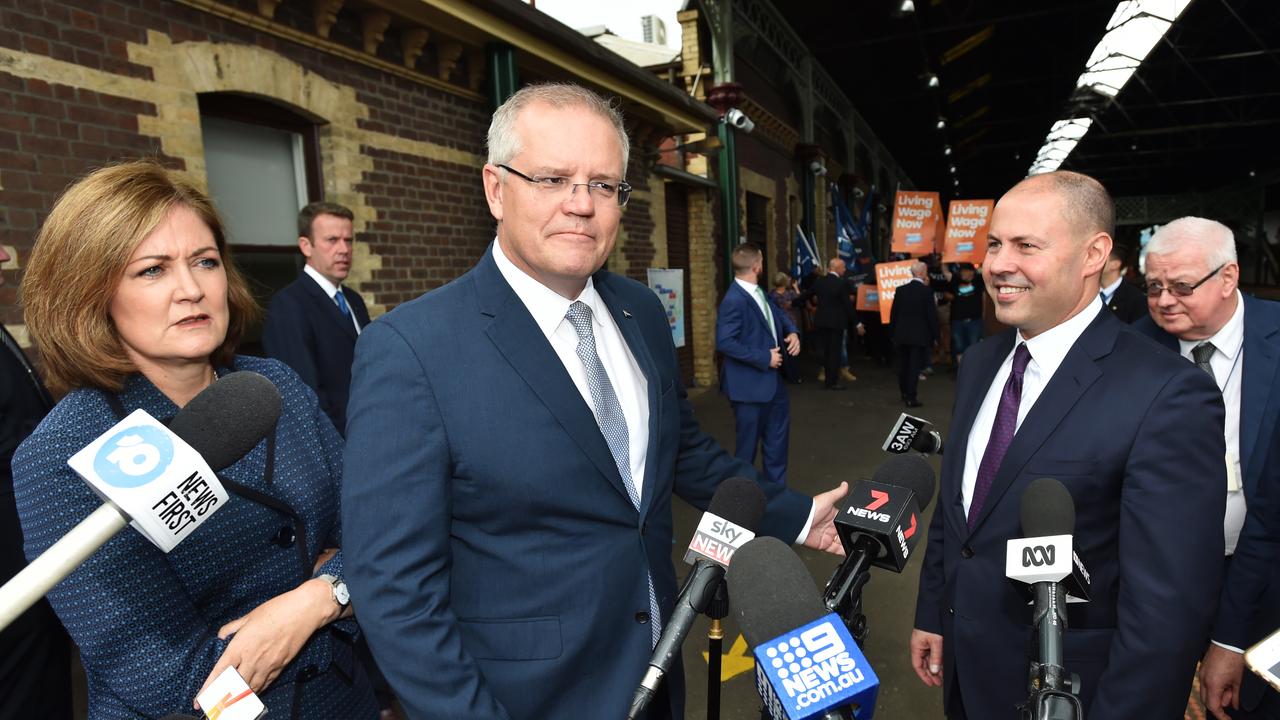$1 trillion debt bomb buried in NSW budget papers
The infrastructure boom is pushing government debts towards the $1 trillion mark for the first time, new analysis shows.

One of the world’s biggest ratings agencies has questioned the NSW government’s finances, as new analysis reveals the nationwide infrastructure boom is pushing combined federal and state government debts towards the $1 trillion mark for the first time.
US ratings giant Moody’s called the widely praised NSW budget a “credit negative” this week, singling out “rising debt levels”. In its budget verdict, Moody’s contrasted 3.2 per cent average annual growth in expenses over the next four years with revenue growth of 2.5 per cent over the same period. “This imbalance would lead to growth in debt over the forecast period, challenging NSW’s credit profile,” it said.
Former long-serving NSW treasurer Michael Egan said the states’ rising debt levels were “very worrying”.
“For the states, the most important thing is the health of their balance sheets in order to maintain services over the long term,” Mr Egan said.
He suggested states could hide debt growth behind headline budget results that ignored infrastructure spending.
Every state budget this year has included surpluses over the next four years alongside a rising debt trajectory.
Net financial liabilities — a broader measure of debt including superannuation liabilities and the debts of state-owned corporations — are poised to surge by more than $43bn combined across the states and territories, according to analysis by The Australian. Including the federal government — the only one pencilling in a fall on this measure, from $534.8bn to $513.3bn — total net financial liabilities are set to rise to $944bn in June 2021, or about $36,000 per person.
NSW and Victoria, the only states with AAA ratings from both major agencies, are poised to make the biggest contribution to the increase.
“Today we announce our infrastructure investment hits another record — $87.2bn over the next four years, the largest in the “nation,” NSW Treasurer Dominic Perrottet said on Tuesday.
He stressed the record expenditure on new and improved road, rail and social infrastructure.
Victoria plans to spend $10.1bn a year over the next four years, more than double the average over the previous decade.
Federal Urban Infrastructure Minister Paul Fletcher defended the Turnbull government’s “record infrastructure commitment of $75bn over 10 years”.
Recent sales of NSW government assets, including electricity distribution networks and the land and title registry, have helped fuel infrastructure spending. Adrian Dwyer, chief executive of Infrastructure Partnerships Australia, said: “NSW’s record-after-record infrastructure program is no coincidence, it’s the product of smart fiscal management, sensible asset recycling, and solid project selection.”
As for the other states, NSW’s annual budget surpluses mask large annual deficits when spending on infrastructure is included.
Queensland Treasurer Jackie Trad, bringing down her first budget in May, announced surpluses rising from $148m to $690m by 2022. At the same time, she said state debt would rise from $2.8bn to $13.7bn over that period.
Queensland’s net financial liabilities, a broader definition akin to remaining debts if states sold their financial assets to pay down debt, are projected to rise from $74bn to $83.6bn over that period. In NSW they will rise from $105bn to $129.2bn.



